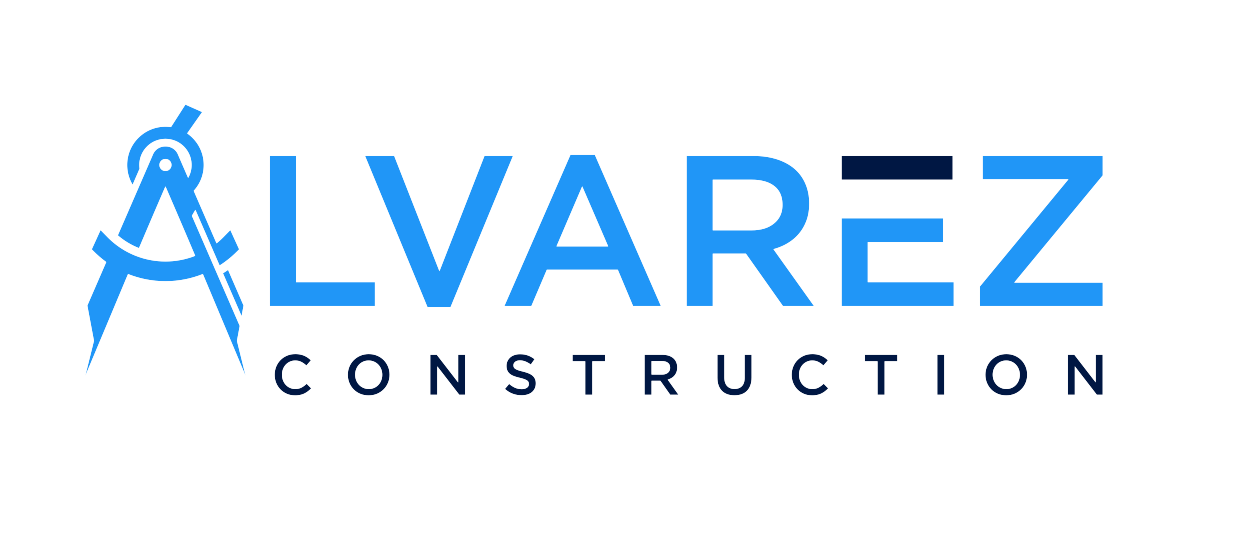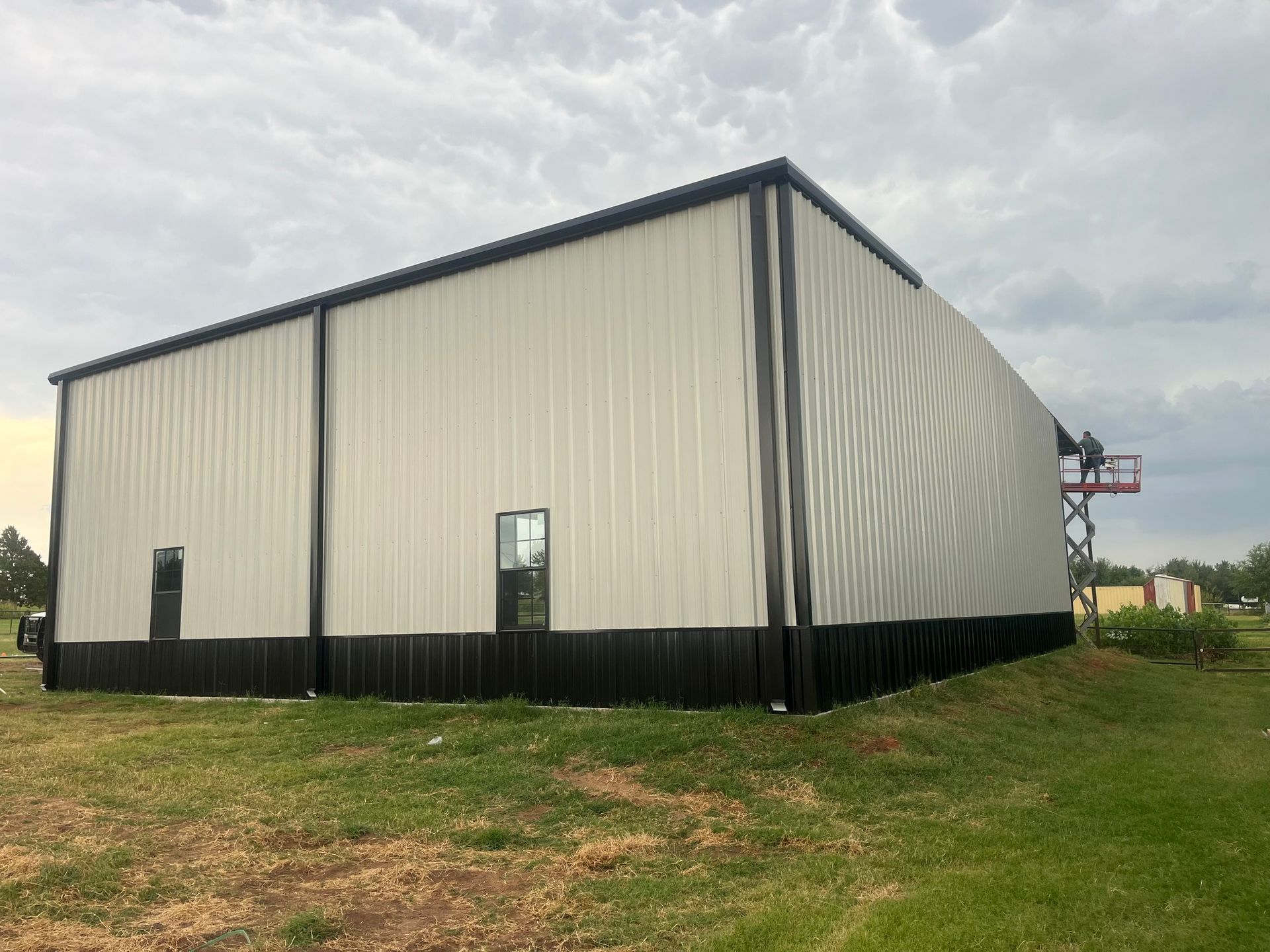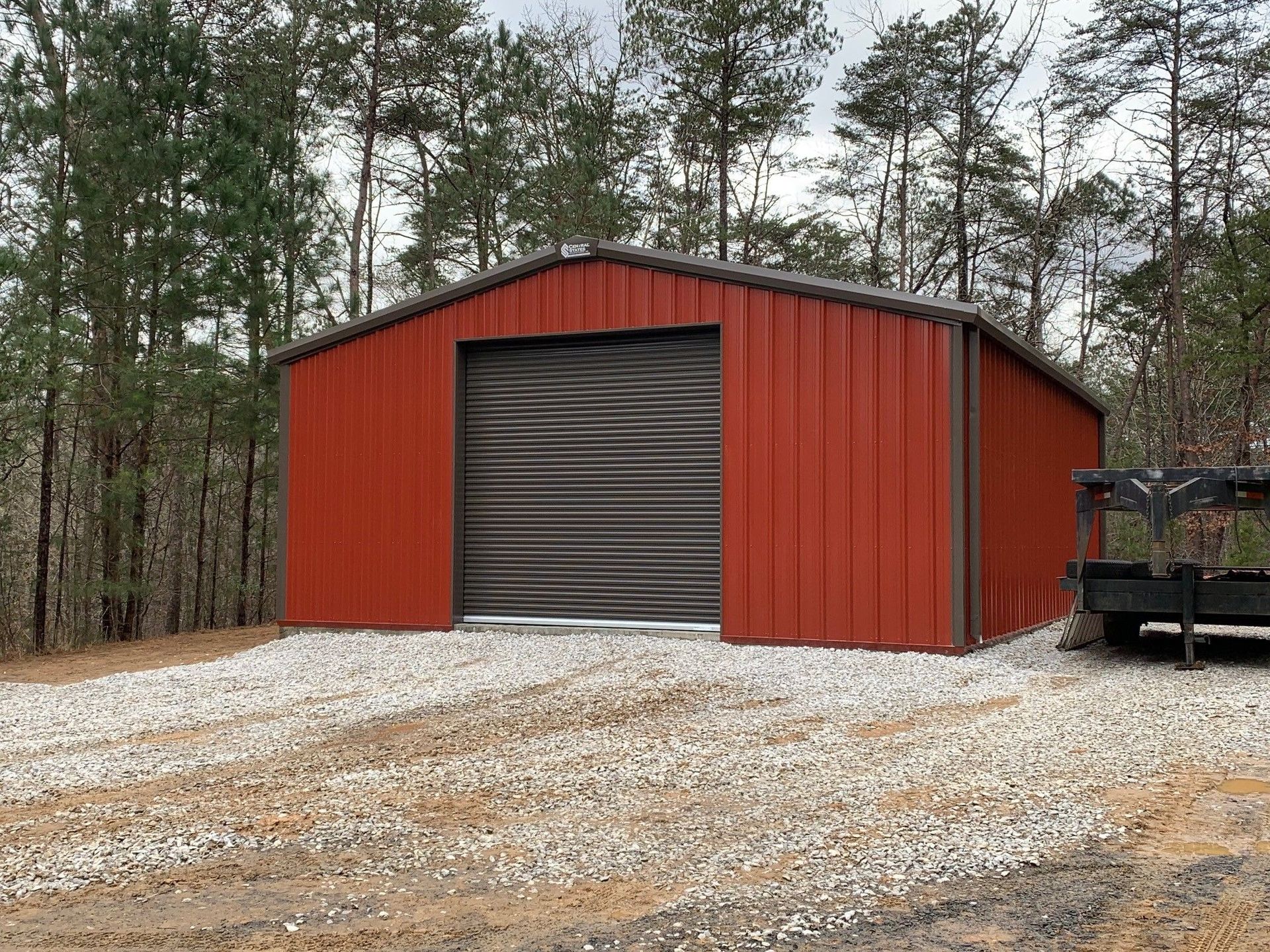Metal Buildings
Built to last generations!
Why Choose Metal Buildings?
Metal buildings offer unparalleled durability, making them ideal for various applications, including commercial, industrial, agricultural, and residential purposes.
Here are some compelling reasons to choose metal buildings:
- Durability: Our metal buildings are engineered to withstand the harshest weather conditions, ensuring long-term structural integrity and peace of mind for our clients.
- Versatility: From warehouses and workshops to garages and barns, our versatile designs can be customized to suit your specific needs and preferences.
- Cost-Effectiveness: Metal buildings are not only durable but also cost-effective, offering excellent value for your investment compared to traditional construction methods.
- Low Maintenance: Unlike wood or brick structures, metal buildings require minimal maintenance, saving you time and money in the long run.
Why Choose Alvarez?
Roof is one of the most experienced and respected building & construction firms for over a century. Roof have been transforming the ideas and visions of our clients into award-winning projects.
- Financial Responsibility to Our Clients
- Superior Quality and Craftsmanship
- Quality and Value to the Projects We Deliver
- Highest Standards in Cost Control
- On Time and on Budget
- Real Focus on Customer Satisfaction
Popular Questions
-
Weld up or Bolt up?
Bolt-up metal buildings are constructed using pre-fabricated steel components that are bolted together on-site. This method typically involves less skilled labor and can be quicker to assemble compared to welding.
Weld-up metal buildings, on the other hand, are constructed by welding steel components together on-site. This method may offer greater structural integrity and customization options, but it requires more skilled labor and may take longer to complete.
-
Color options
Call us for pricing options
-
Common building sizes
Determine the purpose and space requirements.
Anticipate future needs and budget constraints.
Check local regulations and site considerations.
Consult with professionals if needed.
Explore design options and customize as necessary.
Sketch or plan the layout.
Review and adjust to ensure alignment with requirements, budget, and regulations.





